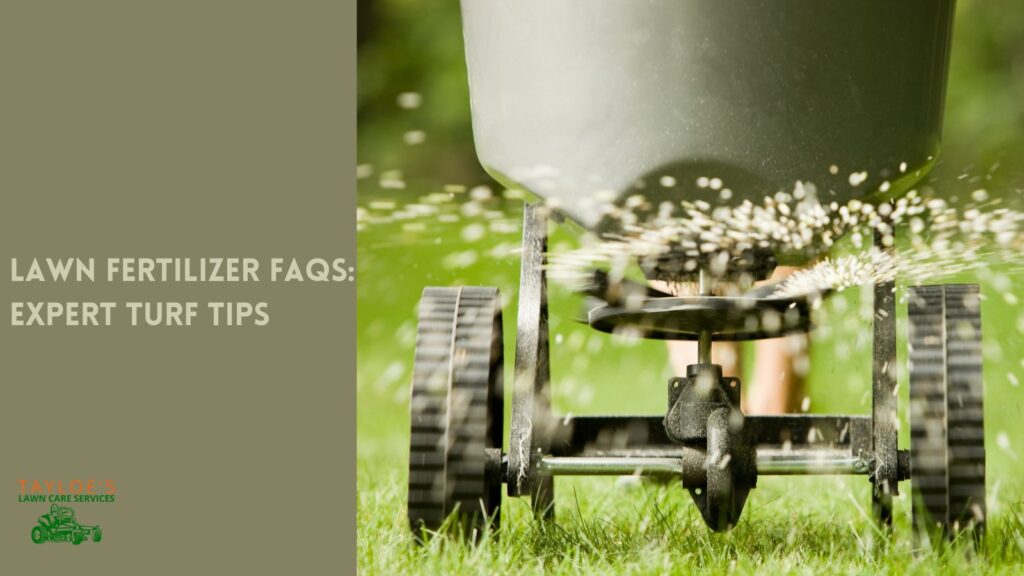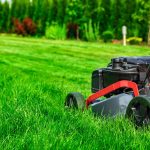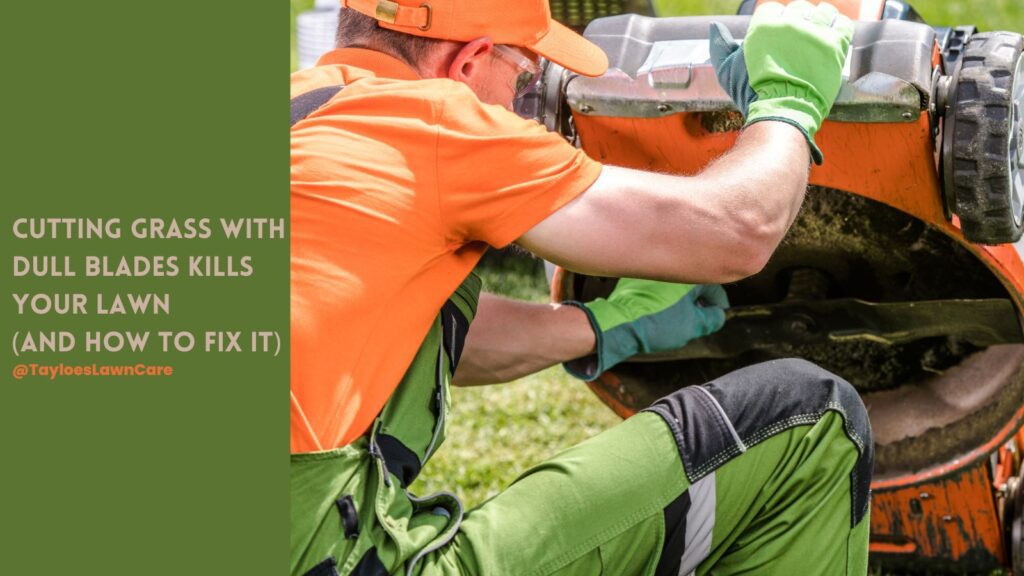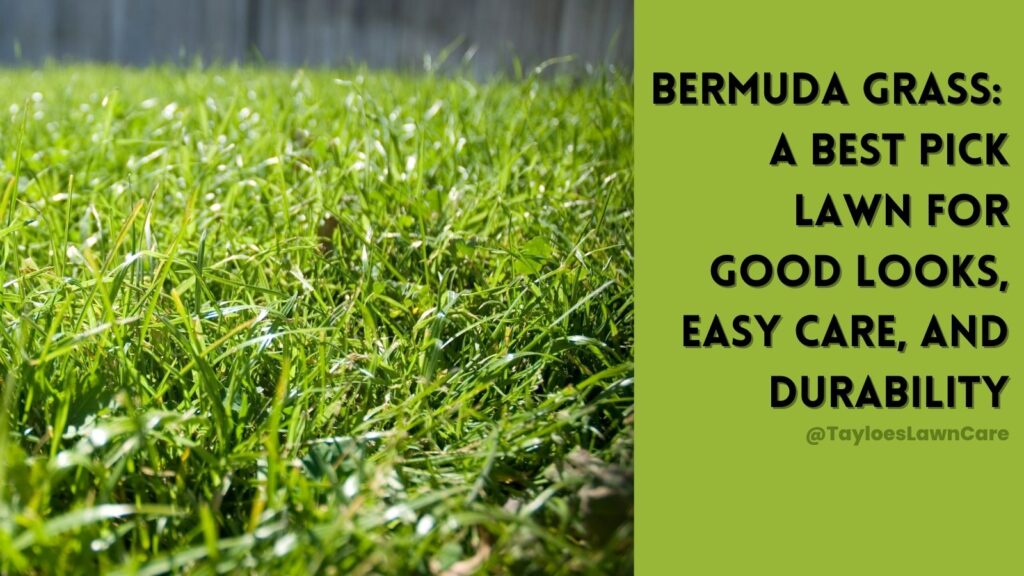Last Updated on: 6th December 2024, 09:45 am
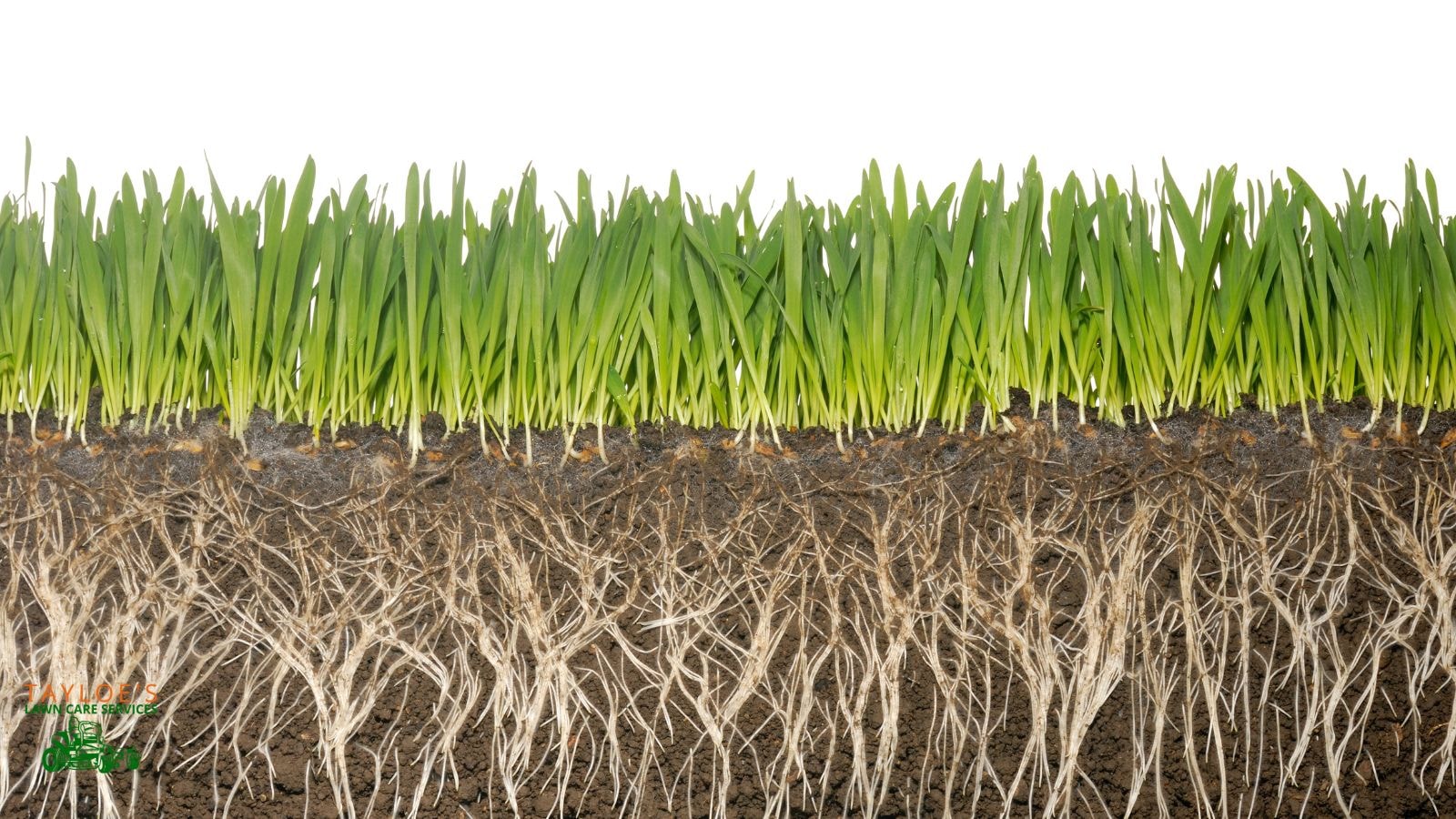
Here’s what to do after you plant grass seed.
Whether you’re growing a beautiful lawn from bare dirt or overseeding existing grass to fill bare spots, getting grass seedlings to become sustained new growth takes a little work. We are blessed to live in a region supporting several grass varieties; still, you’ll need to care for grass plantings just after spreading the seeds.
Tayloe’s Lawn Care Services, LLC, can help you plant grass seed. We can also advise you on varieties and explain how to control weeds. But when we leave, it’s up to you to maintain it. Especially when you hope to grow a new lawn, you play a significant role in helping the seeded area develop into a healthy lawn.
When you finish reading this post, you will have a clear understanding of:
Cool season grasses vs warm season grasses
Preparing the site so seeds will germinate properly
Planting new grass vs. overseeding bare spots or dead grass
After seeding care instructions for a green lawn
Now that you’re ready, let’s talk about seeding grass.
Planting cool season grasses vs. warm season grasses
In USDA hardiness zones 7b and 8a, where we serve clients, choosing the right type of grass is the key to healthy lawn grasses and that beautiful emerald color.
Cool season grasses like Kentucky bluegrass, perennial ryegrass, and tall fescue thrive in the cooler temperatures of early fall and spring. These grasses establish deep grass roots and maintain their green color through the winter months.
Warm season species, on the other hand, such as Bermuda and zoysia, flourish in early summer and tolerate the heat well, going dormant as winter’s arrival approaches.
Selecting the best type of seed for your specific needs and climate ensures a lawn that can handle drought-resistant conditions and as much foot traffic as you can throw at it.
Preparing the soil surface for the grass type
Before planting, conducting a soil test is essential to understand the nutrient composition and pH levels. Proper preparation involves tilling the soil to a depth of 6-8 inches, removing weed seeds, and incorporating organic matter to enhance soil fertility.
For optimal growth, make sure the soil surface is smooth and level. Applying a starter fertilizer tailored to your grass type encourages healthy root growth. Keep the soil moist, before seeding to improve germination rates.
It’s very helpful to have a drop spreader on hand before you start this job, as it can help you cover the area uniformly.
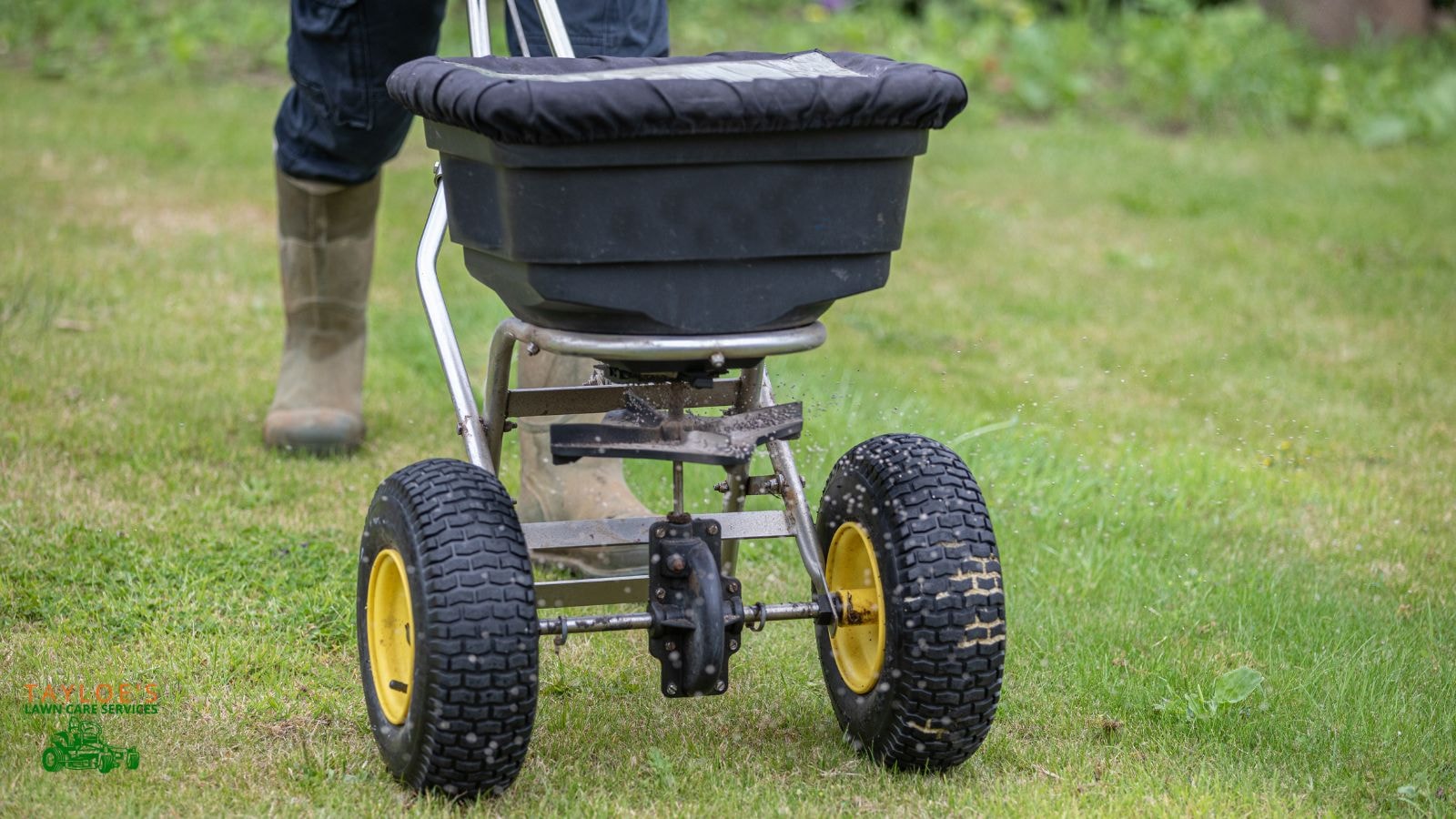
New grass seed or overseeding an existing lawn
When deciding between planting new grass or overseeding an existing lawn, consider the current condition of your lawn. If the lawn is patchy or thin, overseeding with a mix of cool-season grasses can rejuvenate the turf. Ensure the soil is prepared, as mentioned earlier, and apply seed evenly.
Overseeding works best when done in early fall or spring when temperatures are moderate. Don’t attempt it in the late fall, as the roots need time to establish before cold temperatures arrive. If starting fresh, choose the best grass seed for your needs and follow the same soil preparation steps.
Cover the newly planted seed with a thin layer of soil and straw to protect it from birds and windy days, and keep the new seedlings moist until established.
Proper seeding aftercare for a thriving lawn (how to care for grass as it emerges)
After seeding, maintaining a consistent moisture level is critical. This means frequent watering to keep the seeds moist and promote germination. Once the grass reaches about 2-3 inches in height, reduce watering frequency but continue watering deeply to encourage strong roots.
Regularly monitor the lawn for weeds and remove or treat them promptly.
As the grass seed grows into a lawn, mow high to avoid cutting more than one-third of the blade at a time, which helps maintain a strong and healthy turf. Apply a starter fertilizer during the growing season to support a robust root system. Finally, avoid heavy foot traffic and pet activity on the new seed and sprouting lawn until the grass is well-established.
Tayloe’s Lawn Care Services: Routine care for established lawns
If you need us to help you plant grass seed, we are here to help you from spring through fall. We can assist with soil testing, planting grass seed, applying fertilizer, and controlling weeds. We can also mow based on the specific needs of your established or new lawn.
In between our visits, watering the new lawn is up to you. You’ll also need to minimize walking traffic, driving, or pet visits to new areas where we apply seed. Besides watering and these other minor care needs, the soil and grass seed will do what they do and grow into a lawn. No expensive sodding, sod cutter tools, or anything else is necessary – just your attention between our visits.
If you are ready for a beautiful lawn, call or text us at 252.287.3376. We also invite you to follow us on Facebook for year-round lawn, garden, and soil health tips.
Author Profile

- Randy Tayloe is the COO of Tayloe's Lawn Care Service, LLC. He is a certified custom applicator, recognized by the North Carolina Department of Agriculture Pesticide Division. A native of Bertie County, NC, and graduate of Bertie High School, he wants to beautify his home county - one yard at a time.
Latest entries
 FaunaOctober 3, 2025Fall decorations that endanger wildlife (and how to avoid the risks)
FaunaOctober 3, 2025Fall decorations that endanger wildlife (and how to avoid the risks) GardeningApril 1, 2025Fountain grasses add colorful foliage and movement
GardeningApril 1, 2025Fountain grasses add colorful foliage and movement GardeningMarch 21, 2025White cloud muhly grass growing guide
GardeningMarch 21, 2025White cloud muhly grass growing guide Lawn CareFebruary 25, 2025Should I mow every week?
Lawn CareFebruary 25, 2025Should I mow every week?

